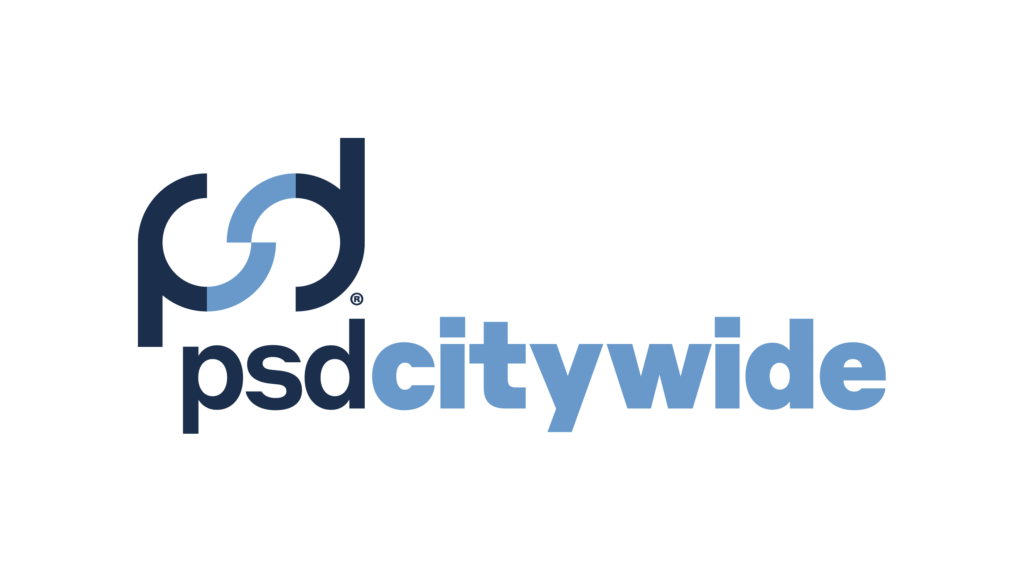The pandemic has redefined the ways that we all work, but for public service sector employees, the accelerated rate of change has meant that there is no going back.
Seemingly overnight, public sector employees across the world swiftly transitioned from their desks and cubicles to give way to kitchen tables, makeshift desks or bedroom boardrooms. The transition, while imperfect, ended up working out just fine.
However, as ongoing pandemic restrictions begin to ease and life slowly and seemingly returns to normal, we’re starting to wonder what comes next. We now have a once-in-a-lifetime opportunity to fundamentally change the way the public service sector works, for the better.
How do we do this? By implementing a hybrid working environment.
The Hybrid Opportunity
It’s no question that we’ve entered a new era of working. While we were initially faced with some challenges surrounding home IT or managing a work-life balance when those experiences seemed to merge into one, the advantages were clear; less time spent commuting, more time spent where it really matters.
However, as the return to work seems to be the topic of discussion these days, employers are looking for an opportunity to maintain the same advantages that working from home brought, while leveraging the benefits of a physical office space. Enter the hybrid workplace.
The opportunity of a hybrid public service sector exists for both employees, citizens and the public service sector in its entirety.
For employees, implementing a hybrid approach means teams have much greater flexibility to work remotely some of the time, while keeping the benefits of having a physical space to go for team building, meetings, or for a change of scenery.
This also enables teams to collaborate like never before, either together in the office, connected remotely, or a mix of both. In fact, a recent survey by Cisco found that 98 per cent of employees believe they will have meetings with participants joining from home going forward.
For citizens, accessing public services digitally has never been more important. In fact, a recent study from ServiceNow found that 84 percent of Canadians believe that their experience navigating and accessing government services would be simplified if more digital options were available.
For the public service sector, not only is there an opportunity to deliver services with improved outcomes, but employee satisfaction remains high, office costs remain low, and the ability to offer improved services while empowering local communities remains changeless.
Across the board, hybrid environments merge the productivity of remote workers with the in-person collaboration and communication power of office spaces. This means public services can offer the same, if not better-quality services without sacrificing the employee experience.
Essential Considerations for Hybrid Work Success
The public service sector has long been known for connectivity challenges, outdated infrastructure or software issues and security concerns.
While the pandemic has fast-tracked several of these challenges to ensure employees can work safely and efficiently from home without impacting service delivery, there are still some essential considerations to reach hybrid work success.
- Keeping it secure: Moving fluidly between corporate and home networks might mean the organization’s network is suddenly without secure borders. In the public service specifically, a zero-trust security architecture and cloud-based security can ensure that sensitive information, from private files or government updates, stays protected.
- Staying connected: Video conferencing apps, like Webex, can enable public service employees to work from anywhere while staying connected. These tools can further provide intelligent experiences that drive change and keep both employees and citizens safe and secure.
- Onboarding new hires: When bringing on new talent in a hybrid setting, employers need to rethink their approaches to employee engagement. From team building exercises in the office or touchdown meetings remotely, the onboarding process is a key consideration for hybrid work success.
The Workplace of the Future
It’s no question that the previous normal is long gone. However, now is the time to make steps to ensure the next normal is as inclusive, accessible and ready as ever before by embracing hybrid working.
Cisco recently found that 96 per cent of companies say they could improve work environments with intelligent workplace technology. By implementing hybrid working technologies, such as cloud-based communications, displays, sensors and automation, the hybrid model can help to facilitate secure collaboration across any team, anywhere and at any time.
For public service employees, the hybrid workspace can be wherever it needs to be — from the boardroom to the kitchen table — without sacrificing flexibility, productivity or service delivery.
Read more about Cisco’s Hybrid Workplace here.
Rob Campagna is the Vice President of Public Sector at Cisco Canada.



